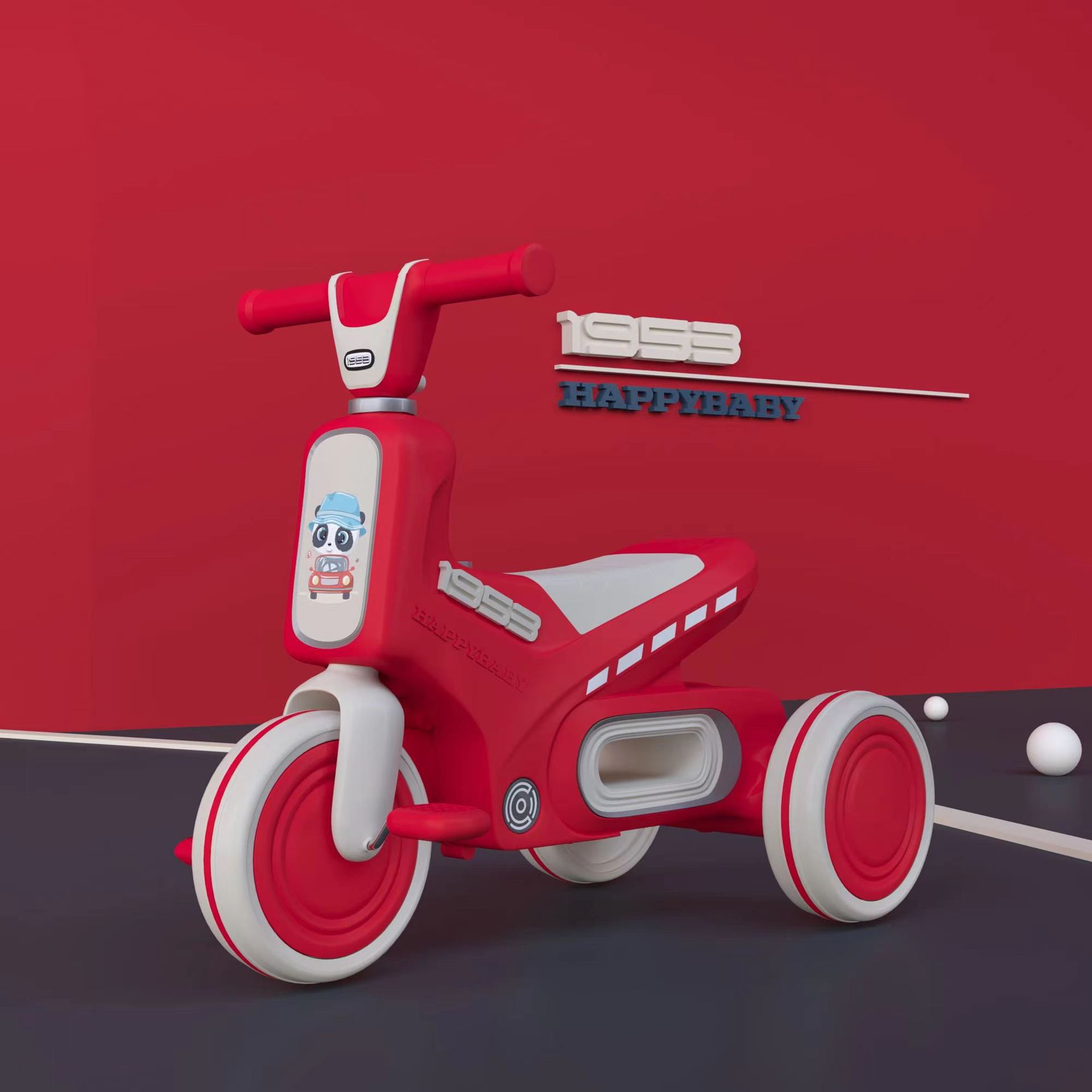The Benefits of Balance Bikes for Kids and How They Enhance Early Cycling Skills
The Benefits of Balance Bikes for Children
In recent years, balance bikes have gained popularity among parents as a vital tool for teaching children how to ride. These innovative two-wheeled toys, designed for ages 18 months to five years, are equipped without pedals, encouraging children to find their balance naturally. The concept may be simple, but the benefits of balance bikes are profound, setting a strong foundation for a child's future cycling skills.
Building Balance and Coordination
One of the most significant advantages of balance bikes is their ability to help children develop balance and coordination. Unlike traditional bikes, which require a child to manage pedaling and balance simultaneously, balance bikes allow them to focus solely on learning how to balance. This pronounced focus reduces the intimidation that often accompanies learning to ride, making the process more enjoyable and less stressful. As children gain confidence in balancing, they can easily transition to pedal bikes without the usual struggle.
Encouraging Physical Activity
In a world where screens dominate children's attention, balance bikes offer an excellent way to encourage outdoor play and physical activity. Riding a balance bike promotes exercise, helping to combat childhood obesity and instilling a love for active play early on. As children navigate their bikes, they engage their muscles, improve their cardiovascular health, and enhance their overall physical well-being. Moreover, the joy of riding outside promotes fresh air and social interaction with peers, further enhancing their development.
Enhancing Social Skills
balance bike for children

Balance bikes are not just about physical development; they also foster social interaction among children. When kids ride their balance bikes in parks or around neighborhoods, they have the opportunity to meet other children, encouraging friendships and cooperative play. This social aspect of riding can help children learn sharing, teamwork, and taking turns—all important skills that contribute to their emotional growth.
Safety First
Safety is a top priority for parents, and balance bikes are lauded for their safety features. Since balance bikes are low to the ground and lightweight, children can easily put their feet down if they feel unsteady. Furthermore, the absence of pedals minimizes the risk of injuries commonly associated with pedal bikes, such as getting caught or falling off while trying to gain momentum. Many balance bikes come equipped with safety features like cushioned handlebars, ensuring that any minor spills or tumbles are less likely to result in significant injuries.
Promoting Independence and Confidence
As children master their balance bikes, they experience a sense of independence that bolsters their self-esteem. Riding a bike gives them the freedom to explore their surroundings and control their movements, fostering a sense of accomplishment. The thrill of riding creates a desire to take on new challenges, paving the way for confidence in other areas of life. When children learn to ride at an early age, they are more likely to continue cycling as they grow, ultimately contributing to a healthier lifestyle.
Conclusion
In summary, balance bikes serve as an excellent introduction to the cycling world for young children. They promote balance and coordination, encourage physical activity, enhance social skills, prioritize safety, and instill a sense of independence. As parents seek effective ways to support their children's development, balance bikes stand out as a fun and beneficial option. With the right balance bike, children can embark on a journey filled with adventure, confidence, and, most importantly, a love for riding that will benefit them for years to come.
-
Baby Balance Bike OEM Service – Kids No-Pedal, LightweightNewsNov.10,2025
-
OEM Kids Bike Children Bicycle – Cheap Wholesale BicyclesNewsNov.10,2025
-
Kids Bike New Model 12–18 inch Boys & Girls Bike, AdjustableNewsNov.10,2025
-
China Cheap Price Safe Kids Bike for 10yo w/ Training WheelsNewsNov.10,2025
-
China CE-Certified Kids Balance Bike, Guaranteed QualityNewsNov.10,2025
-
Colorful Outdoor Flashing Carton Children Scooter for KidsNewsNov.10,2025
-
Best Price Kids Balance Bike – Superior Quality, No PedalsNewsNov.10,2025








